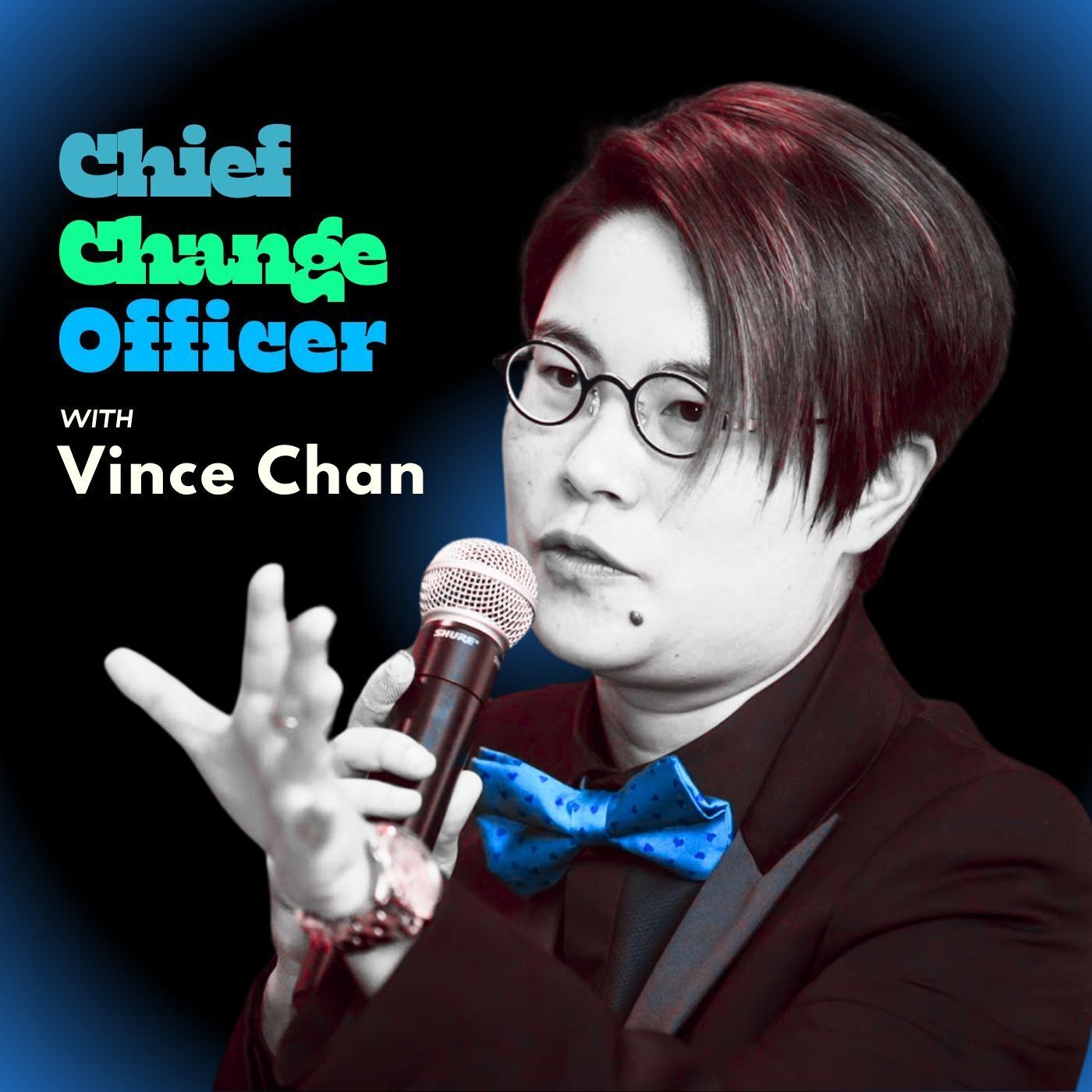#399 Nellie Wartoft: Global Fix—Change Management Without the Migraine — Part Two
Nellie Wartoft is the founder and CEO of Tiger Hall, a change enablement platform built for teams tired of stale workshops and change theater. In Part One, she takes us from her tiny hometown in Sweden to the boardrooms of Asia, where flipping burgers at McDonald’s, carrying an ice hockey trunk to Singapore, and watching companies struggle with real transformation all shaped her mission. This is change management with edge—equal parts adventure, insight, and rebellion.
Key Highlights of Our Interview
Change Theater vs. Real Impact
“Most companies don’t fail at change because of bad tools. They fail because they bring people in too late and communicate like robots. Change has to feel human to work.”
Same Emotions, Different Timelines
“Fear, chaos, resistance—these show up everywhere, regardless of geography. The real difference is how cultures structure leadership and how fast they move. The U.S. wants speed. Asia wants legacy. Both come with tradeoffs.”
Ego: The Silent Killer of Transformation
“The higher the ego of a leader, the lower the success rate of their transformation. Fear of feedback, obsession with control—it turns a team into a compliance machine instead of a change engine.”
Tech Isn’t the Problem—Leadership Is
“People love apps—just not the ones that feel forced. If your tools aren’t solving real problems or making life easier, the issue isn’t the platform. It’s the person who bought it.”
Walking the Talk at Tiger Hall
“We use our own platform to manage internal change. No Zoom fatigue, no death-by-Slack. One short recording can replace hours of town halls and still hit harder—because it’s fast, direct, and straight from the source.”
_________________________
Connect with us:
Host: Vince Chan | Guest: Nellie Wartoft
--Chief Change Officer--
Change Ambitiously. Outgrow Yourself.
Open a World of Expansive Human Intelligence
for Transformation Gurus, Black Sheep,
Unsung Visionaries & Bold Hearts.
EdTech Leadership Awards 2025 Finalist.
20 Million+ All-Time Downloads.
80+ Countries Reached Daily.
Global Top 1% Podcast.
Top 5 US Business.
Top 1 US Careers.
>>>180,000+ are outgrowing. Act Today.<<<
See Privacy Policy at https://art19.com/privacy and California Privacy Notice at https://art19.com/privacy#do-not-sell-my-info.
Press play and read along
Transcript
Transcript is processing—check back soon.





